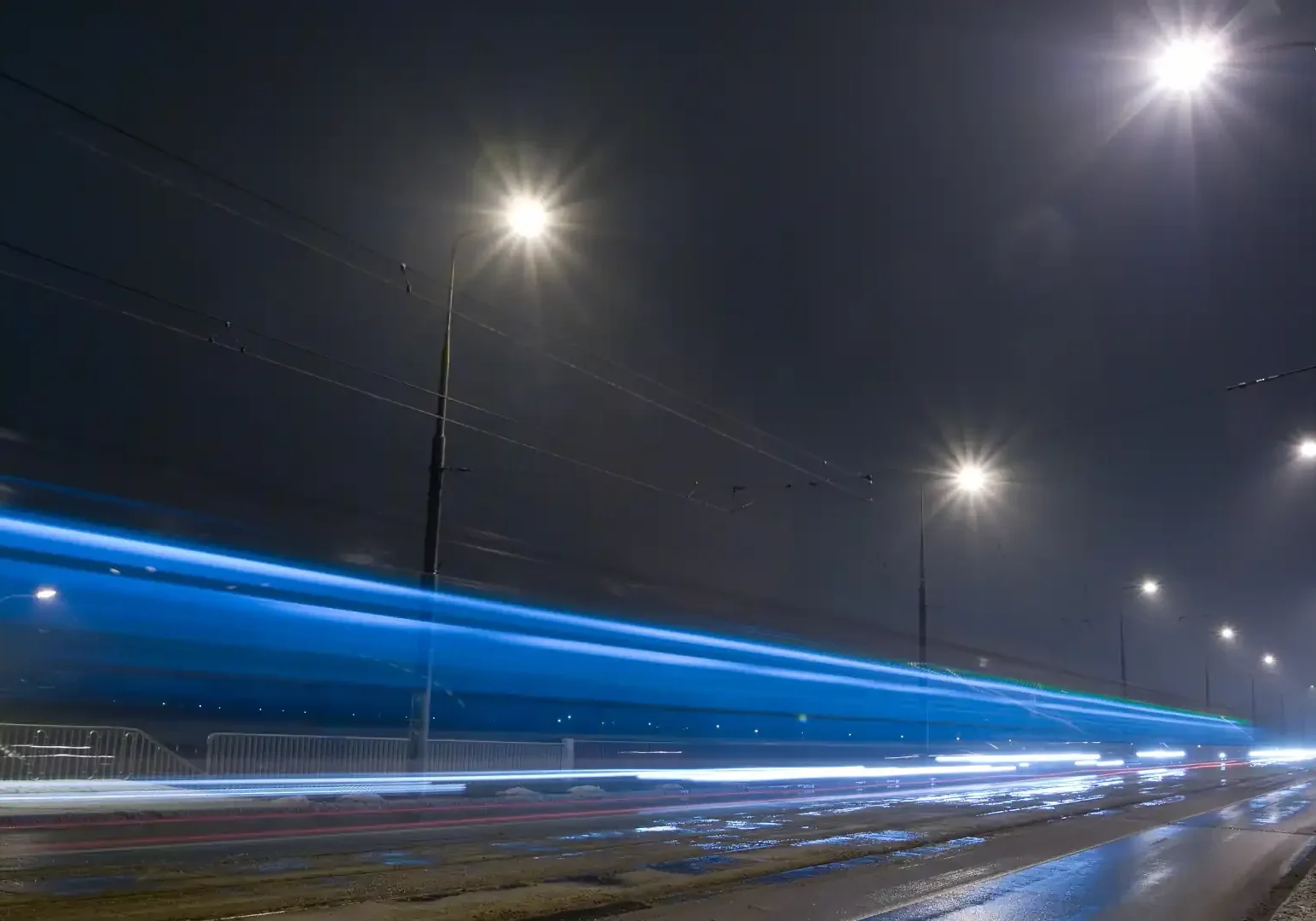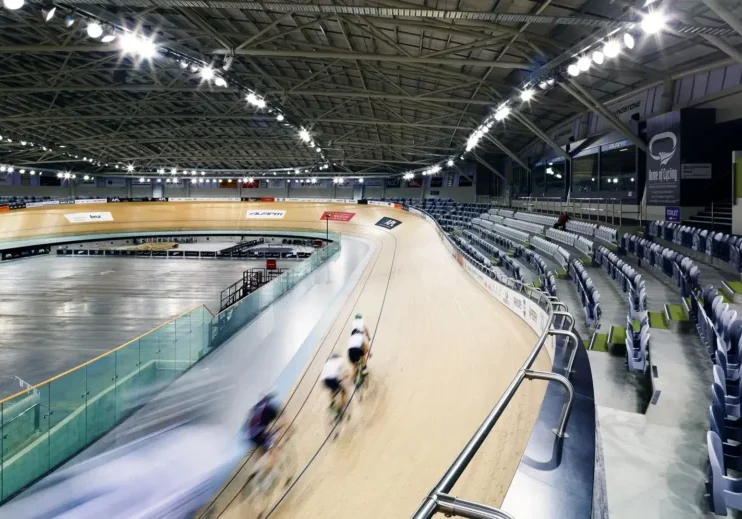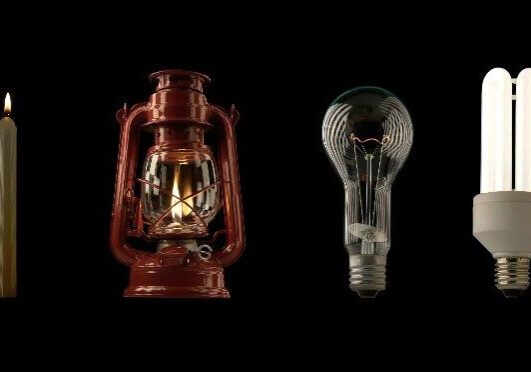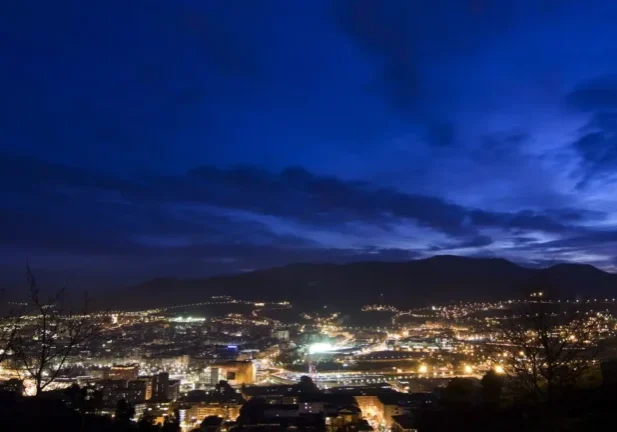In today’s constructed environments, sustainable lighting is a must-have rather than a nice-to-have. With growing pressure to reduce emissions, optimise long-term energy use, and deliver better outcomes for people and planet, lighting design plays a central role in shaping responsible development.
For large-scale infrastructure and commercial projects, lighting represents a significant portion of ongoing operational costs and environmental impact. But with the right approach, it can also be one of the easiest wins. So, what does sustainable lighting look like in practice? Let’s break down the key principles and technologies changing how we light large spaces.
Principles of Sustainable Lighting Design
Eco-friendly lighting systems start with purposeful design. In large-scale environments, it’s easy to over-engineer systems. At LDP (Independent Electrical and Illumination Engineers), our team prioritises precision, longevity, and integration from the outset.
Light Only What’s Needed
Overlighting is one of the most common pitfalls in infrastructure and urban projects. We design to illuminate with precision, using targeted beam angles, full cut-off optics, and strategic fixture placement to avoid wasted light and unnecessary glare. The goal is clarity, not brightness. Efficient lighting is especially important in high-traffic precincts, corridors, and shared public zones.
Build for Longevity
High-quality, durable fittings reduce maintenance cycles and maximise system life. We select systems designed to perform reliably over time, even in demanding environments, reducing lifecycle costs and supporting better resource efficiency.
Prioritise Smart Control
Lighting needs change by the hour and by the user. We incorporate adaptive controls, motion sensors, daylight tracking, and time-based dimming so that systems can respond in real time. This approach ensures optimal performance without overuse, keeping energy use and operational costs in check.
Start Early, Design Together
Sustainability isn’t an afterthought. Our light consultants work alongside architects, engineers, and planners to align lighting with environmental goals, infrastructure planning, and compliance requirements. The result? Systems that meet green building standards and deliver lasting value over the long term.
The Benefits of Sustainable Lighting
When done well, sustainable lighting delivers more than just energy savings. It enhances the user experience, supports compliance goals, and makes spaces safer and more appealing. Here’s how:
- Energy Efficiency: Thoughtful fixture selection and layout planning can drastically cut electricity demand. We regularly achieve significant reductions in lighting load compared to standard baseline designs.
- Operational Savings: Longer-life systems mean fewer maintenance callouts, reduced downtime, and lower total cost of ownership, which is especially valuable in large-scale commercial and civic environments.
- Environmental Stewardship: Targeted lighting minimises glare, reduces light pollution, and contributes to broader goals like dark sky compliance or NABERSNZ certification.
- Improved Visual Outcomes: Sustainable lighting doesn’t mean dim or dull. In fact, by refining light placement and quality, we create environments that feel more comfortable, intuitive, and safe for users.
The Role of LEDs and Renewable Energy Sources
LED technology has revolutionised sustainable lighting. Compared to traditional halogen or metal halide fittings, LEDs deliver higher lumen output per watt, dramatically lower energy use, and far longer service life.
But it’s not just about swapping out the bulb. Sustainable lighting systems make full use of LED advantages, including:
- Colour temperature tuning: Allowing lighting to adapt to the time of day or activity.
- Precision optics: Directing light only where needed eliminates waste.
- Dimming and daylight integration: Matching output to ambient conditions.
In some projects, our independent lighting and electrical team of engineers also explore renewable energy integration. For example, solar-powered bollards or streetlights in remote or coastal zones reduce reliance on grid infrastructure and provide independent, resilient operation. While not suitable for every project, combining low-energy LEDs with on-site renewables can offer a compelling sustainability case.
A Stroll Through Auckland Viaduct: Public Lighting with a Purpose
One standout example of sustainable lighting in action is our Auckland Viaduct upgrade. This high-traffic waterfront destination required a lighting solution that was low-glare, low-impact, and energy-efficient, without losing the vibrancy that makes the space come alive at night.
Our team replaced legacy luminaires with a suite of shielded, dimmable LEDs that deliver warm, welcoming illumination while sharply reducing upward light spill. Fixtures were selected for durability and optics, balancing the needs of pedestrians, hospitality venues, and marine traffic. The result: lower energy use, improved visibility, and an enhanced experience for locals and visitors alike.
This project reflects our broader design philosophy: sustainability should feel seamless and intuitive, not forced. Every design decision supports functionality, aesthetics, and environmental performance in equal measure.
Designing Lighting That Lasts
Sustainable lighting is a long-term investment in how our buildings and public spaces operate. At LDP, our lighting and electrical specialists design lighting systems that are precise, robust, and sustainable, built to perform today and well into the future. Get in touch with LDP to design a brighter future, one light at a time.

























